

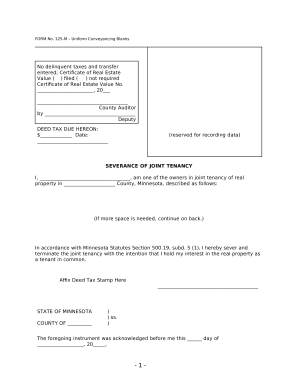
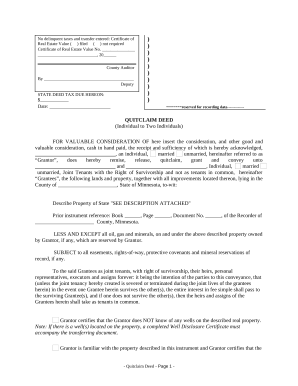

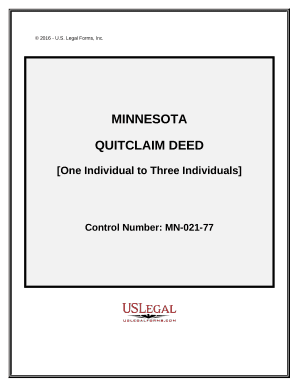
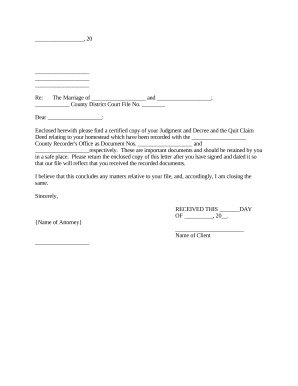
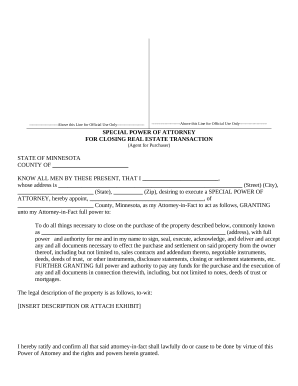
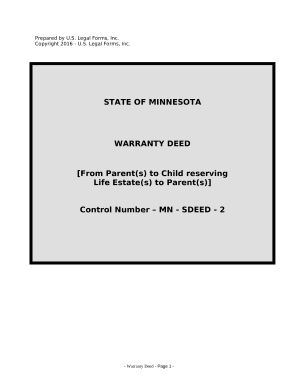
Papers administration takes up to half of your business hours. With DocHub, you can reclaim your time and effort and improve your team's productivity. Get Minnesota Real Estate Legal Documents category and explore all templates related to your daily workflows.
The best way to use Minnesota Real Estate Legal Documents:
Speed up your daily file administration with the Minnesota Real Estate Legal Documents. Get your free DocHub account right now to explore all templates.